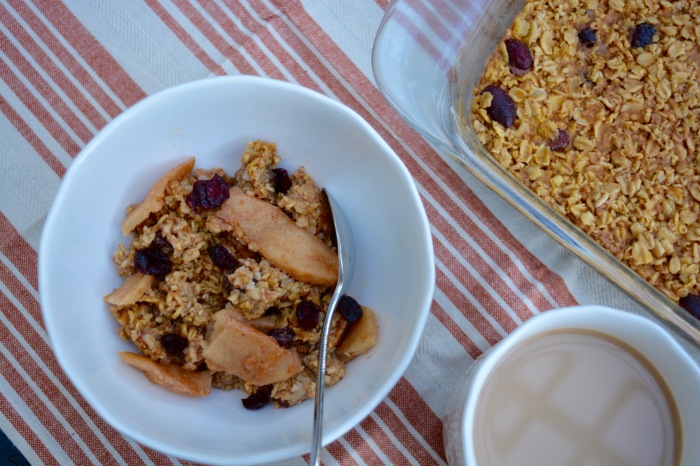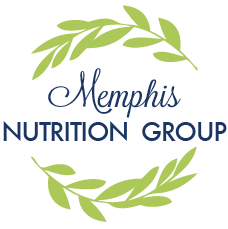What comes to mind when you think about summer? Barbecues, baseball, a break from school, longer days spent at the pool? Undoubtedly, you think about sizzling temperatures, too! As the temperatures continue to rise this summer, I’m sharing some fruity treats that are sure to help you cool down even as July continues to heat up.
Each one of these simple snacks highlights the natural sweetness summertime has to offer. Yes, these snacks are kid-friendly, but they’re adult-friendly too (because I don’t necessarily believe in “kid food”).
Make-Your-Own Banana Bites
 What’s rich, creamy, and sweet AND loaded with vitamins, minerals, fiber, and antioxidants? Dark-chocolate dipped banana bites! You can find similar (and perhaps prettier, more uniform) versions of these cool treats in your grocery store. The catch? You’ll pay a higher price than you’d pay making them yourself. Plus, you’ll miss out on making them your own by adding peanut butter or Sunbutter between bite-sized pieces of banana, rolling them in chopped nuts or shredded coconut before the chocolate hardens, or dipping them in the darkest the chocolate you can find (for more health-promoting, disease fighting antioxidants). Here’s how you make them at home…
What’s rich, creamy, and sweet AND loaded with vitamins, minerals, fiber, and antioxidants? Dark-chocolate dipped banana bites! You can find similar (and perhaps prettier, more uniform) versions of these cool treats in your grocery store. The catch? You’ll pay a higher price than you’d pay making them yourself. Plus, you’ll miss out on making them your own by adding peanut butter or Sunbutter between bite-sized pieces of banana, rolling them in chopped nuts or shredded coconut before the chocolate hardens, or dipping them in the darkest the chocolate you can find (for more health-promoting, disease fighting antioxidants). Here’s how you make them at home…
Ingredients
- 3-4 Bananas
- Dark Chocolate (I used a 16 oz. bag of dark chocolate morsels)
- Optional: Assorted toppings such as Peanut Butter, Almond Butter, Chopped Nuts, Shredded Coconut, Sea Salt, etc.
Instructions
- Peel ripe bananas and slice into bite-sized pieces or chunks…you can choose the size.
- Place on a baking sheet lined with parchment or wax paper. Cover and pop into the freezer until firm (at least 1 hour).
- If you plan to use toppings, place them in shallow bowls and keep them nearby.
- When bananas are frozen, melt dark chocolate over a double-boiler or in a microwave-safe bowl. The package should provide instructions for melting. Stir until chocolate is melted and smooth.
- Remove bananas from freezer. One-by-one, quickly spoon chocolate over banana bite until completely covered. The chocolate will harden quickly after touching the cold banana. Let any excess chocolate drip back into the bowl.
- Now is the time to add your toppings, dipping or sprinkling them over the banana. Place the banana bite back on the lined baking tray and repeat until each banana bite is covered in chocolate. Note: You’ll want to keep the bananas as cold as possible during this process.
- Place banana bites in airtight container, and pop them back into the freezer until ready to serve. Enjoy!
Chilled Watermelon Pops
July is National Watermelon Month, and what better way to celebrate the perfect sweetness of watermelons than with Chilled Watermelon Pops? Watermelon is such a refreshing snack, and you may be surprised to know it can help with hydration.


Ingredients
- Watermelon
- Popsicle Sticks
Instructions
- Quarter watermelon lengthwise.
- Take each quarter of the watermelon and slice into 1″ – 1.5″ slices. The slices should be shaped like triangles.
- Take a sharp knife and make a small slit in the center of the watermelon rind.
- Insert popsicle stick into slit.
- Enjoy immediately or place in the refrigerator or freezer for an extra cool snack to be enjoyed later.
Yogurt Bark
During fall and winter months, I love making peppermint and other types of candy barks with white chocolate. In a frozen, nutritious twist on this holiday favorite of mine, the yogurt stands in for white chocolate and colorful fruit takes center stage rather than candy. By combining the fruit which contains carbohydrates with protein-packed yogurt, this snack is sweet and more satisfying!
Ingredients
- 1 large container of yogurt (Choose your favorite flavor.)
- 1 tablespoon vanilla extract (optional; best if using plain yogurt)
- Assorted chopped fruits
Instructions
- Line large baking sheet with parchment paper.
- If using plain yogurt, mix with vanilla extract.
- Spoon or pour yogurt onto baking sheet and spread to even thickness.
- Sprinkle chopped fruit onto yogurt, lightly pressing into the yogurt. Freeze 3-4 hours or until frozen solid.
- Break apart and enjoy! Store extra in the freezer in an airtight container or zip-loc bag.
What’s your favorite way to enjoy all the cool, fresh fruit summertime has to offer?
If you liked this post, you may also like:
- Easy to Make, Exciting to Eat School Lunches
- Nourish Your Noggin with These 5 Brain Foods
- Define Your Diet



























